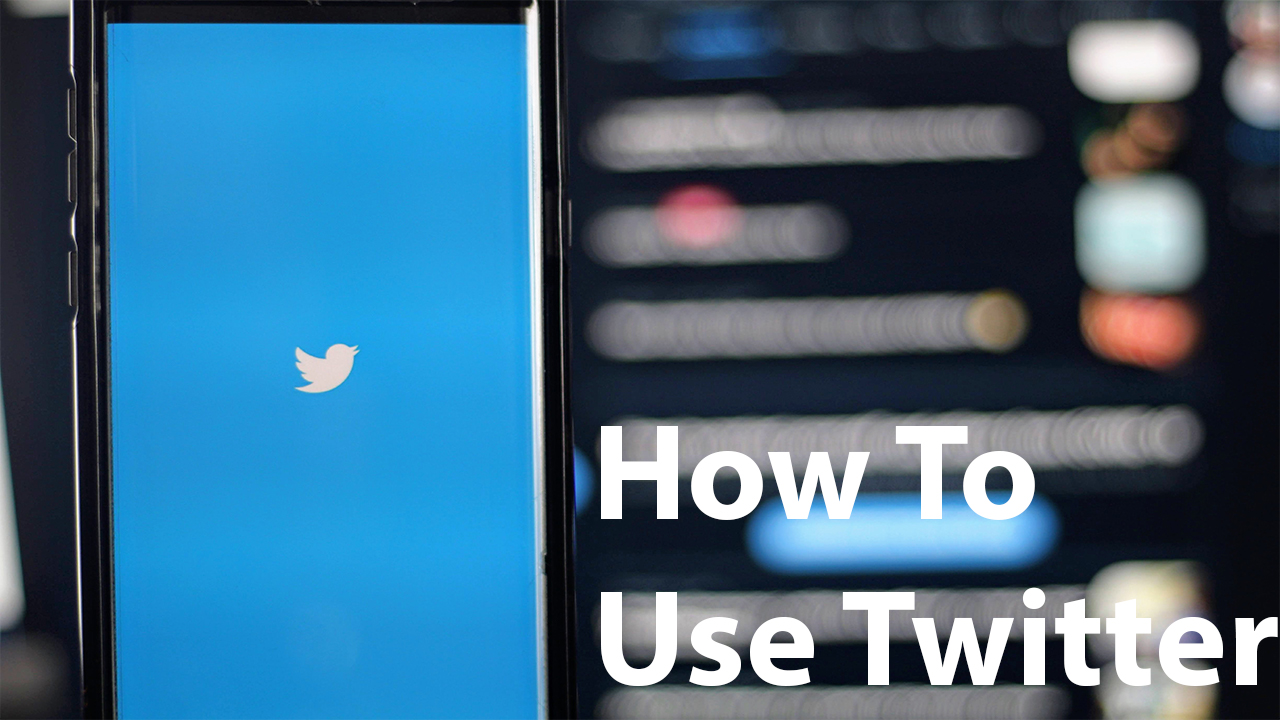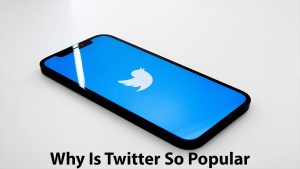Twitter is one of the most popular social media platforms and can be a great tool for networking, building relationships, and growing your business. But, it can be tricky to know how to use Twitter effectively.
This guide provides tips on how to get started and make the most of this social media platform.
The first Twitter account was registered in 2006, and since then it has been growing exponentially. There are over 500 million users worldwide, with well over 100 million active accounts every month. It has become a go-to platform for celebrities who want to engage directly with their fans.
57% of the most popular accounts on Twitter have more than one million followers. This means that there is a huge opportunity for you to grow your brand and connect to people around the world if you use this platform well.
As a business owner or team member within a company, you might be expected to take responsibility for social media activity across all platforms including Twitter.
Though increasing numbers of businesses are using Twitter as part of their marketing strategy, many other organizations argue it’s a waste of time, or simply don’t understand how to make the most of it.
The good news is that learning how to use Twitter can be simple and cost-effective, especially if you are using the right tools.
So make sure you check out some of our top tips below which will help you get started with this social media platform.
How To Use Twitter
1) Sign Up
Sign up for a Twitter account here: https://twitter.com/signup. Once your account has been created, you’ll need to set up your profile so other users know who they’re connecting with.
Don’t forget to upload an eye-catching picture and fill in as many sections as possible about yourself – this is important for growing relationships quickly and reaching your target audience.
2) Tweets
Tweets are the way users write and send out messages on Twitter. Your tweets make up your ‘timeline’ which is a collection of all of the most recent tweets from people you follow, as well as any accounts that have been mentioned in your updates.
You can also receive direct messages from other users. Make sure you keep an eye on what’s being said about your brand to ensure you’re engaging with new audiences and building relationships across social media platforms.
To Tweet simply click on “compose tweet” which is located at the top of every page within Twitter or tap into status updates directly from your homepage.
You can then add a photo, link, or video before clicking publish It’s easy to set up Twitter for business, which means you can use it with your team.
3) Followers
Followers are the people who have chosen to subscribe to your tweets by ‘following’ you.
They receive every message you post on their timeline. If you follow someone, they will automatically be notified of this so the balance must be right between both ends of the spectrum – don’t forget to check out our tips on how to build relationships through following back.
Many users say it is good etiquette to follow any person who follows you as a way of thanking them for connecting with you online and helping them grow their network too.
4) Following
If there are specific accounts you wish to follow, make sure you click on the ‘following’ tab at the top of your homepage to see a list of other accounts that have been chosen by you.
You can then click into each account profile and decide if it’s worth following back. This is a great way to discover new users within your industry based on their interests and niche area of specialism.
5) Twitter Tools
There are so many tools available for Twitter including Hootsuite which makes it easy to manage multiple profiles from one dashboard. You can use this tool to schedule messages in advance, engage with followers, analyze data and track how often your content has been retweeted.
Other useful online tools include Klout – an easy way to manage multiple accounts without having to log in to each one individually.
6) Analytics
It’s important to use Twitter analytics as a way of measuring the success of your content and campaign goals on this platform. You can find reviews on some of these tools here.
With an analytical tool, you can see data about your account, what tweets are performing best through click rates, retweets, and replies on each message.
This is invaluable information for businesses trying to understand how their audience uses the platform – which types of posts generate more engagement? What times are most active? Which posts do followers prefer? How many likes does it receive per day on average etc… It’s really important that you’re making the right decisions based on this kind of data and constantly iterating your strategies on the go.
7) Hashtags
Hashtags are a way of tagging and grouping messages on Twitter. They help to connect conversations on a specific subject together so they can be easily found by those who may not necessarily follow all of those talking about it – as long as you use relevant tags for people to search.
For example, if you wanted to generate conversation around an event or product launch within your industry simply include the #hashtag in front of relevant words/phrases – we’d recommend looking at existing hashtags already active on Twitter and see which ones work well for your brand.
It’s also important that users don’t abuse this feature – stick with one or two hashtags maximum per tweet.
8) Twitter Chats
Twitter chats are a great way of building relationships with other users online.
The chat will be based around the same hashtag, so everyone who is participating in it can be easily found by those interested. They usually happen at specific times throughout the week, so be sure to find out when your brand tends to jump onto this platform and stay active during these times as there tend to be more people online then.
You can also join existing conversations using hashtags that are already active – why not check what’s trending today to see what hashtags might suit your business?
9) Retweets
Retweeting simply involves sharing someone else’s tweet with your followers (and sometimes you include your comment too).
It’s a great way of acknowledging and sharing good content without having to create your original content, but it is important not to do this too much as you don’t want to be seen as self-promotional.
10) Sharing
Don’t forget there are also other kinds of social networks available for sharing updates such as Facebook and Google+.
A lot of businesses will find that splitting their time between these platforms leads to the most success – use analytics and data from Twitter profiles and tools like Hootsuite etc.. to measure what is working best on each platform.
The most important thing about using Twitter is that people enjoy engaging with your brand – so make sure you’re posting interesting tweets, retweeting relevant content, applying analytics to measure the success of your content, being helpful to others, and adding value to the conversation.
Also, remember that Twitter is a very fast-paced platform so expect quick replies from users, use the 140 characters wisely, and have fun with it!
Conclusion:
We hope this guide was useful to you for how to use Twitter! If you found this guide helpful please share it. If you’re still struggling with using Twitter and need more advice, why not ask a question in the comments section below? Our community would love to help you out!
Good luck with tweeting!


